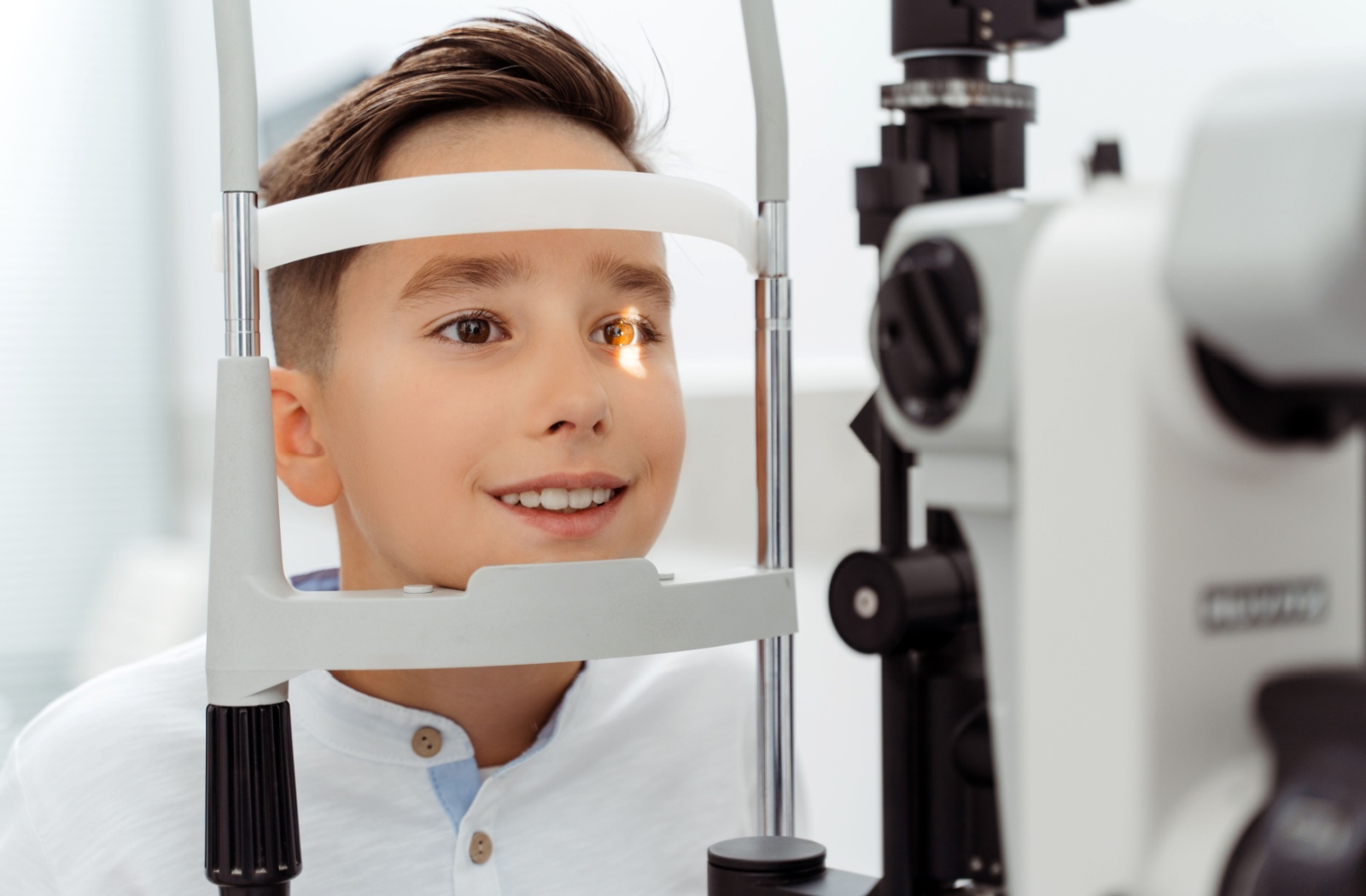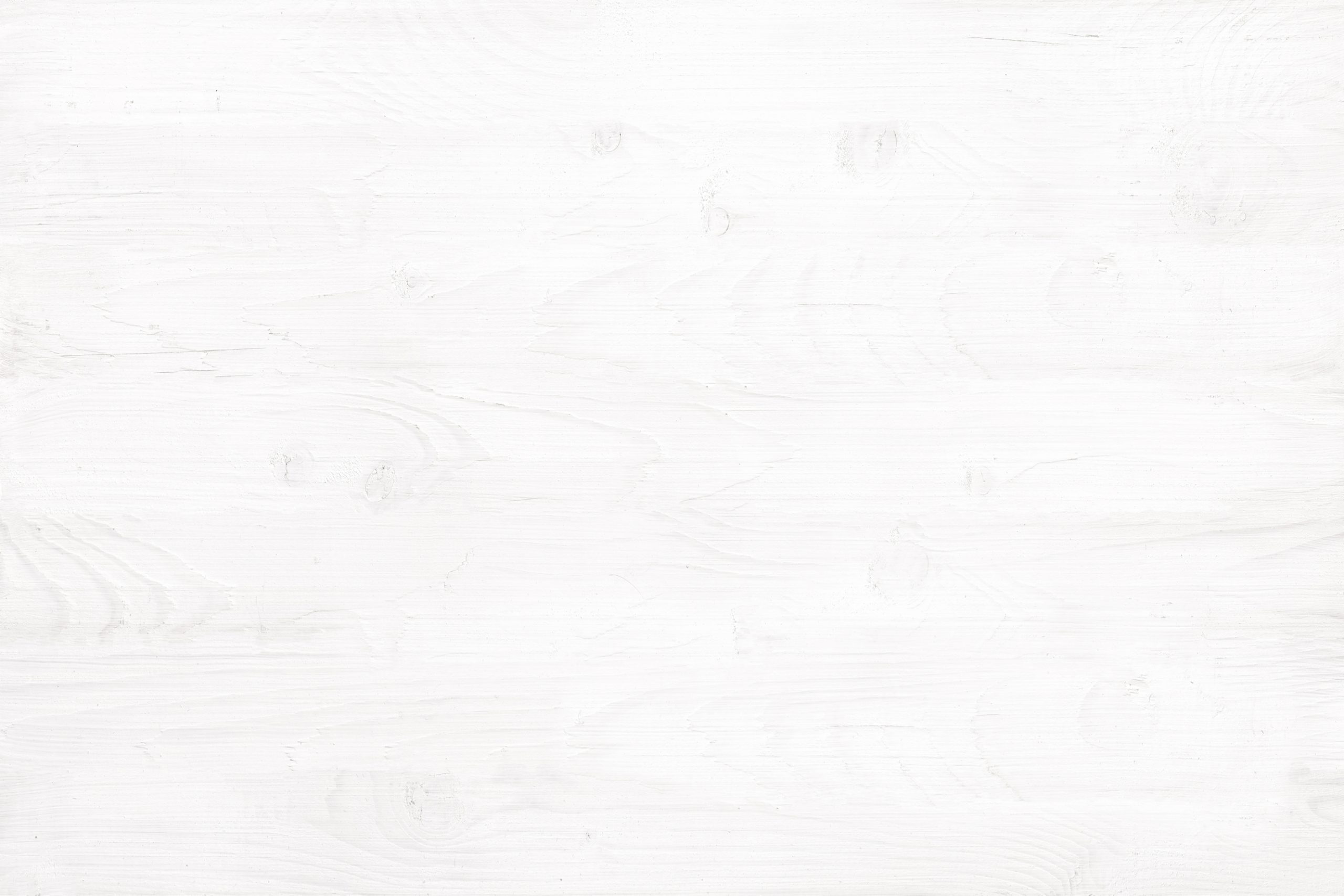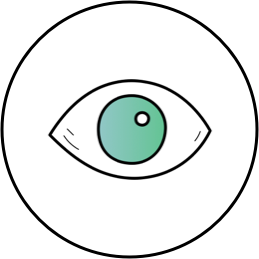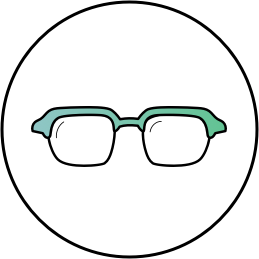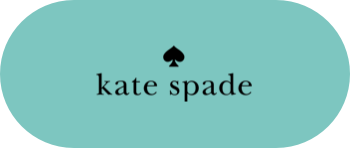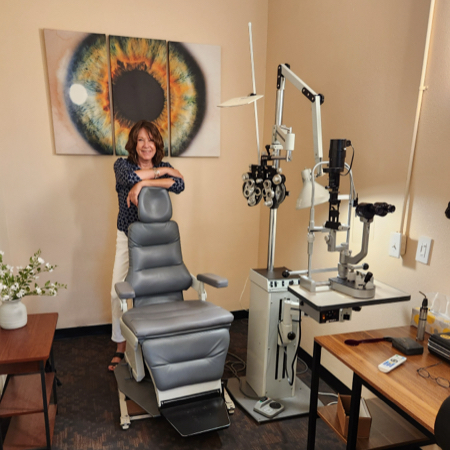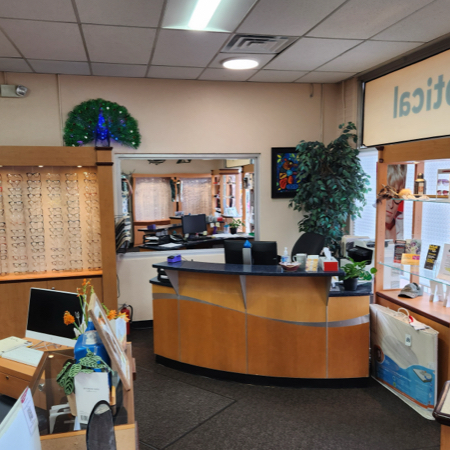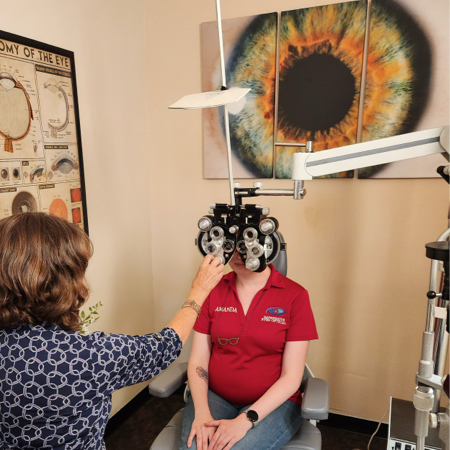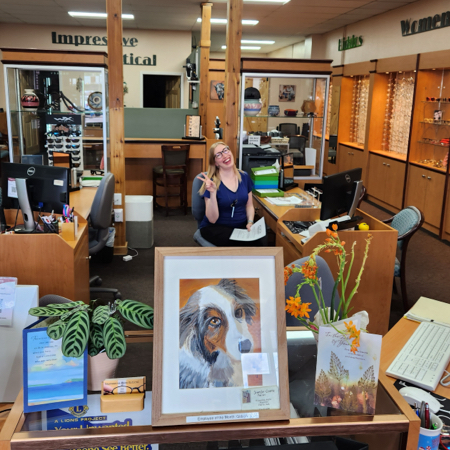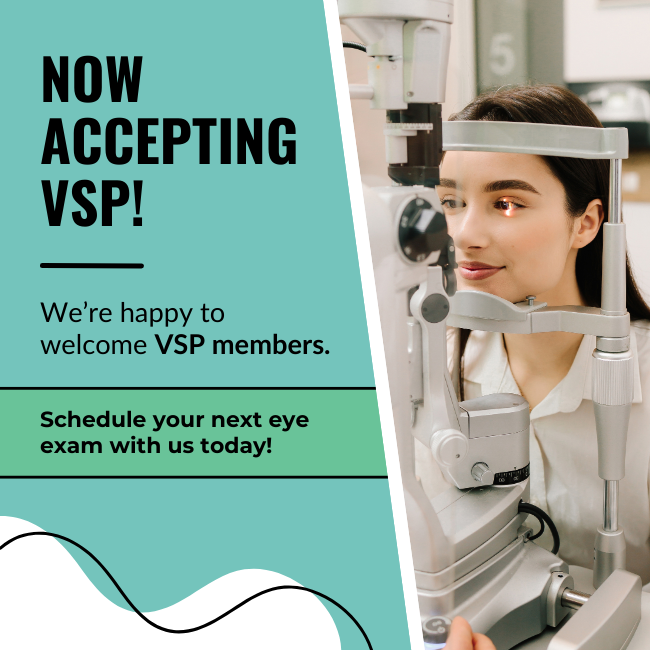As a parent, you work hard to support your child’s health—from balanced meals to regular checkups. But one area that’s easy to overlook is eye health. Good vision is closely tied to learning, development, and confidence, especially in the early years. Knowing when to book that first eye exam can make a real difference.
Most children should have their first comprehensive eye exam between 6 and 9 months of age. After that, there are key milestones to watch for as your child grows. While these general guidelines are a good starting point, your optometrist may recommend different timing based on your child’s unique needs.
When Should My Child Get Eye Exams?
Knowing when to schedule your child’s eye exams can support their vision development and help detect potential concerns early. Here are some important milestones to keep in mind.
Infants (6 to 9 months)
The American Optometric Association recommends a child’s first eye exam between 6 and 9 months of age. While pediatricians may conduct basic vision screenings during checkups, a full eye exam by an optometrist offers a more detailed assessment of your child’s visual health. These early exams can detect conditions like strabismus (eye turn) or significant refractive errors.
Toddlers (2 to 5 years)
Between the ages of 2 and 5, your child’s vision continues to develop rapidly. Eye exams during this time can help identify visual concerns that may impact learning, play, or hand-eye coordination. Children in this age range are often better able to participate in eye tests, which supports more accurate results.
School-Age Children (6 years & older)
Once school begins, yearly eye exams are recommended. Regular checkups help track vision changes and identify any concerns that could affect classroom performance or confidence in social settings. Addressing these issues early can support a more successful school experience.
What to Expect During a Kid’s Eye Exam
Children’s eye exams are designed to be comfortable, engaging, and as non-invasive as possible. They’re often tailored differently than adult exams to accommodate each child’s age, attention span, and communication style. Knowing what to expect can help both you and your child feel more confident heading into the appointment.
Initial Assessment
The exam typically begins with a discussion about your child’s medical history and any vision concerns you’ve noticed. The optometrist may ask about behaviours like squinting, frequent eye rubbing, or trouble focusing. A preliminary visual assessment often follows, checking how your child tracks moving objects or responds to lights and shapes.
Visual Acuity Testing
To measure how clearly your child sees at different distances, the optometrist may use age-appropriate tools, such as pictures, matching games, or a simplified eye chart. Older children may be asked to read letters, similar to an adult exam.
Eye Health Evaluation
The final part of the exam involves checking the overall health of your child’s eyes. Using kid-friendly instruments, the optometrist looks for early signs of concerns like amblyopia (lazy eye), strabismus (eye turn), or refractive errors.
Common Childhood Eye Conditions & Their Diagnosis
Understanding common pediatric eye conditions highlights the importance of regular eye exams for early detection and effective treatment. Below are some of the most frequently diagnosed vision issues in children.
Amblyopia (Lazy Eye)
Amblyopia, often referred to as “lazy eye,” occurs when one eye has reduced vision because it and the brain aren’t working together properly. This condition typically develops in early childhood and is most often identified during a comprehensive eye exam. Optometrists diagnose amblyopia using visual acuity testing and a close evaluation of how the eyes function together. Early diagnosis is key, as amblyopia can often be treated with eye patching, vision therapy, or corrective lenses to strengthen the weaker eye.
Strabismus (Crossed Eyes)
Strabismus describes a misalignment of the eyes, where one eye may turn in, out, up, or down. It can be constant or occur intermittently. Diagnosis usually involves an alignment test, binocular vision assessment, and an overall eye health check. Treatment may include glasses, vision therapy, or, in some cases, surgical referral.
Refractive Errors
Myopia, hyperopia, and astigmatism are common refractive errors that affect how clearly a child sees. These are typically diagnosed through routine eye exams and are often corrected with prescription glasses or contact lenses to support comfortable, clear vision in daily life.
Tips for Preparing Your Child for Their First Eye Exam
Helping your child feel comfortable before their first eye exam can ease any worries they may have and set the stage for a positive experience. Here are a few helpful tips to make the visit smoother for everyone.
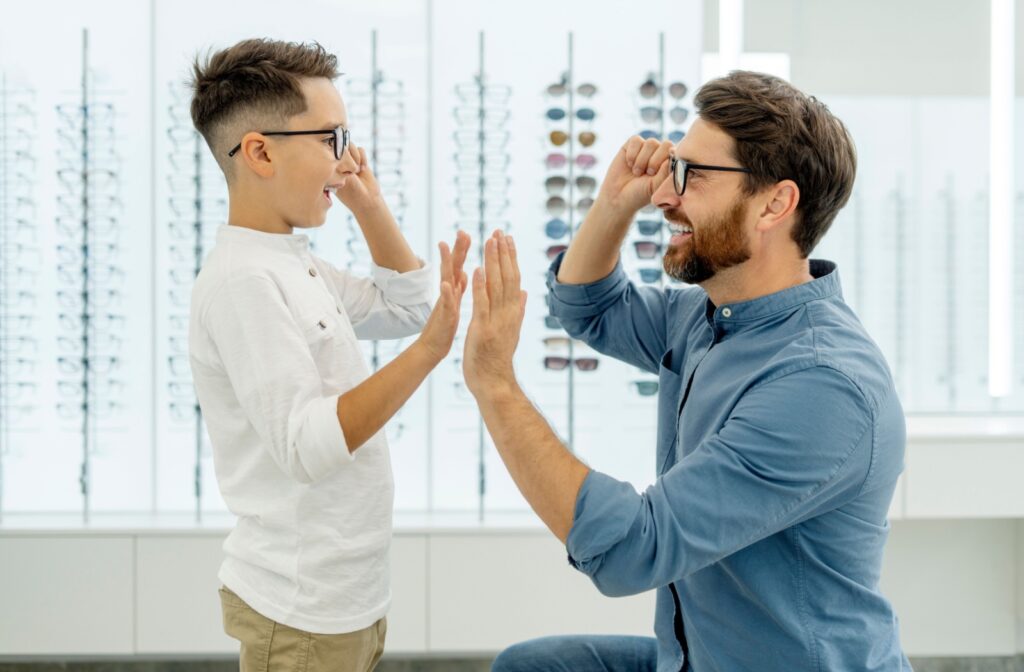
Talk About the Exam
Use simple, reassuring language to explain what will happen. For example, you might say, “The eye doctor will show you pictures and lights to see how your eyes are working.” Framing the appointment in a way your child can understand helps reduce nervousness and builds trust.
Make It Fun
Try turning the visit into an exciting outing rather than a medical task. Let your child bring a favourite toy or book to stay entertained in the waiting room. Many clinics have child-friendly spaces that make the environment feel more welcoming.
Schedule Thoughtfully
Choose a time when your child is typically well-rested and content, such as after a nap or snack. A calm, happy child is more likely to cooperate and engage with the optometrist during the exam.
Support Your Child’s Vision with Regular Eye Exams
Early and consistent eye care is one of the simplest ways to support your child’s development. From their first exam as an infant to yearly checkups once they start school, each visit gives your optometrist a chance to monitor changes, catch potential concerns early, and recommend solutions that can help your child. At Impressive Eyes Optical, we make eye exams comfortable and stress-free for kids and parents alike. Whether it’s your child’s first visit or just time for a check-in, our friendly team is here to help. Book your child’s eye exam today and give their vision the attention it deserves.


